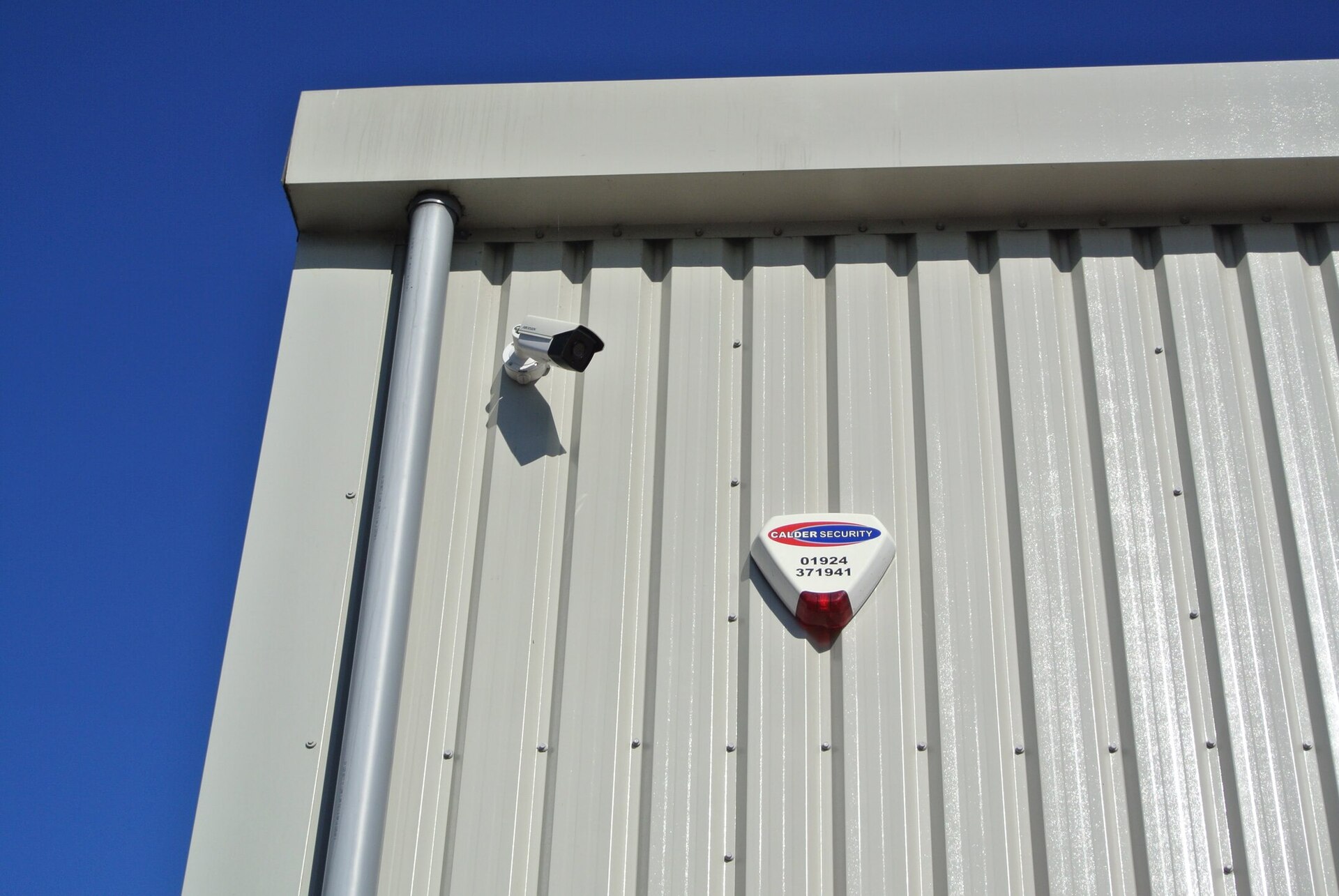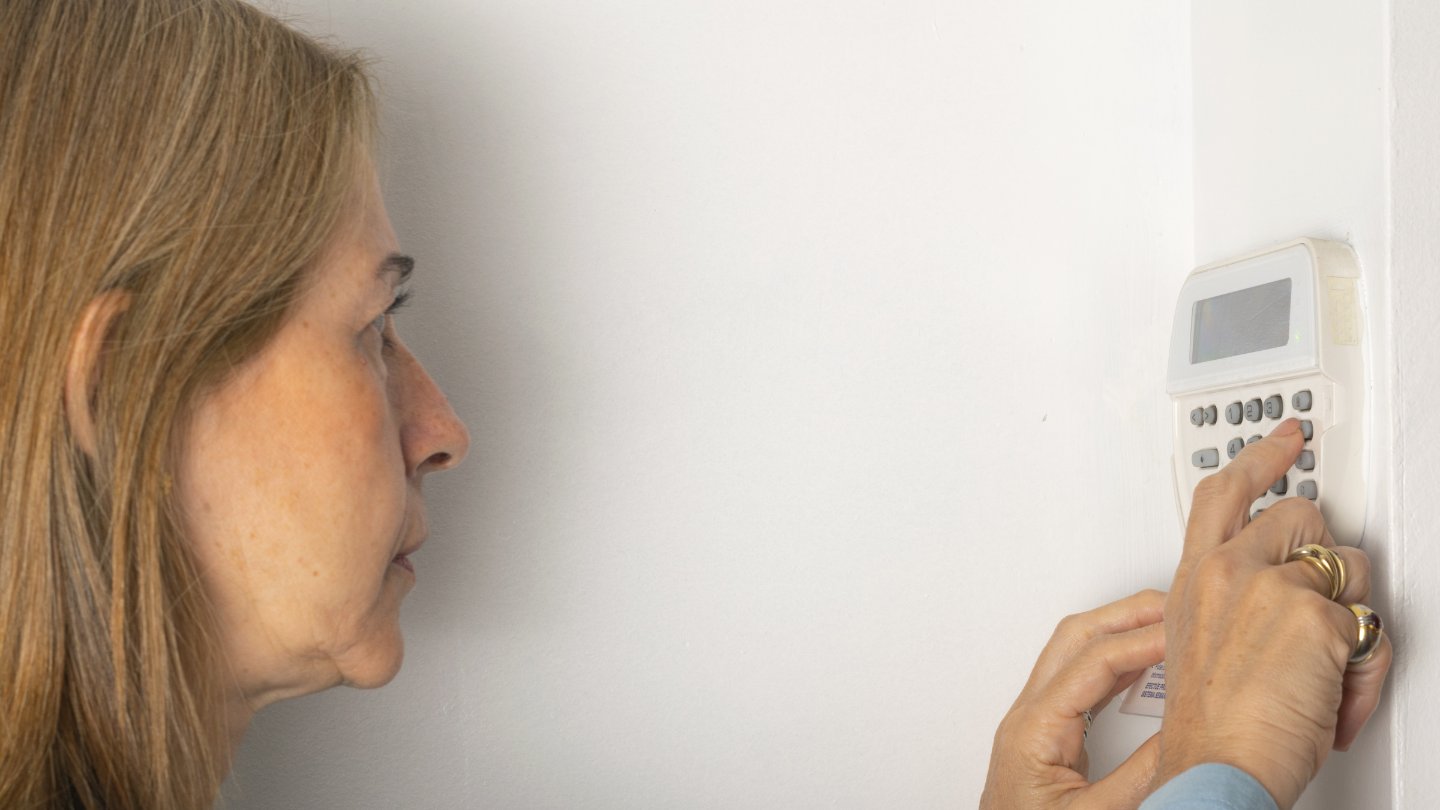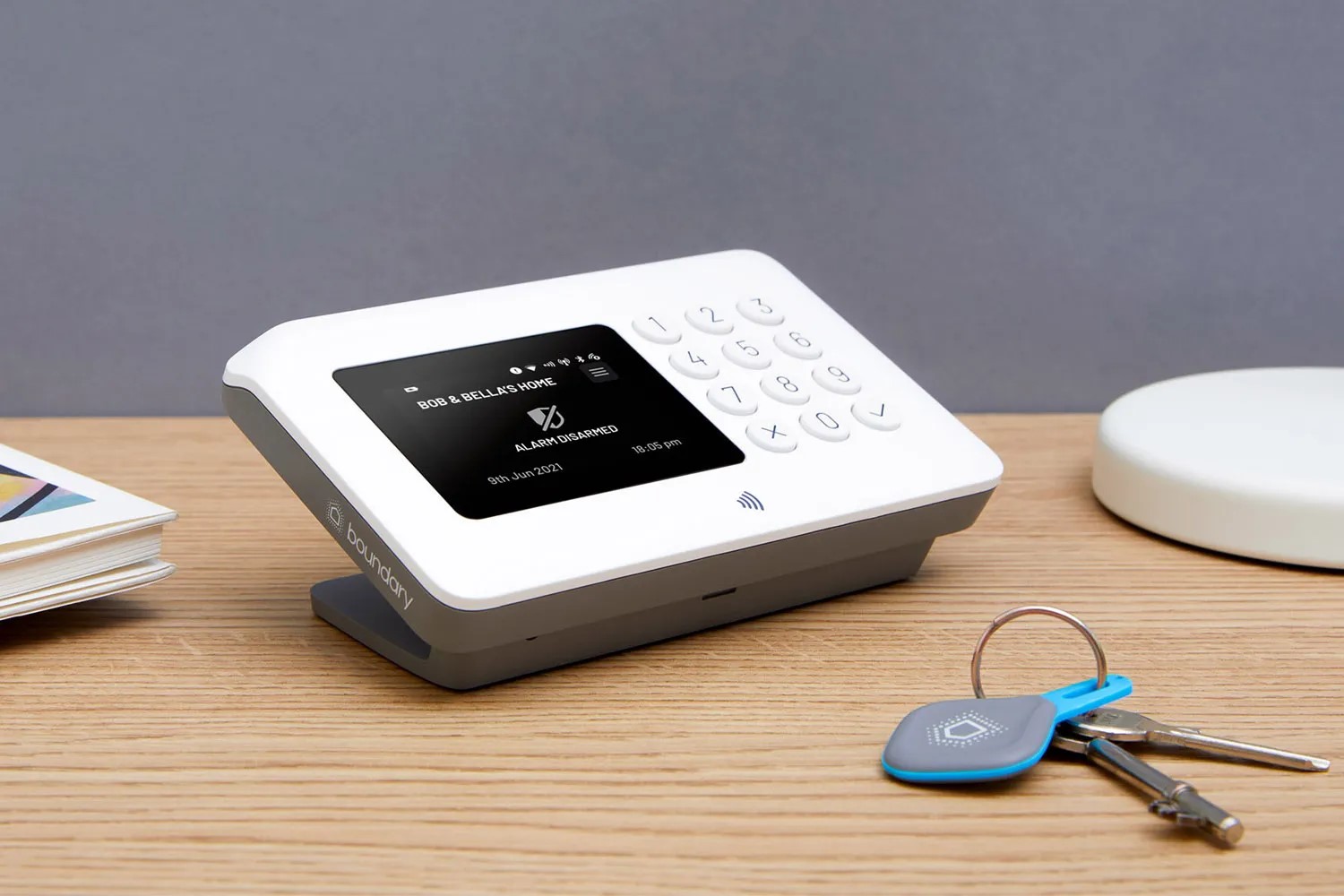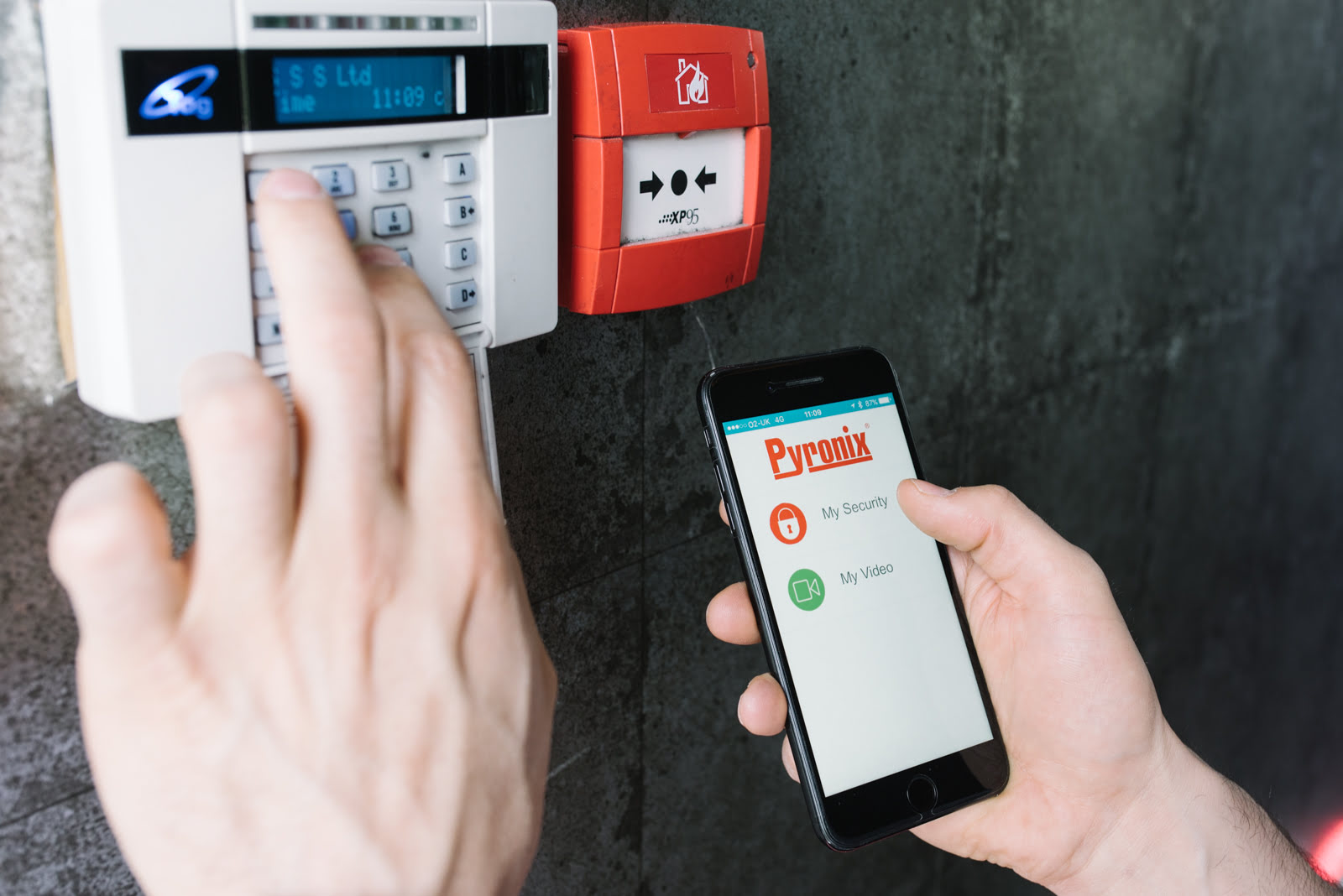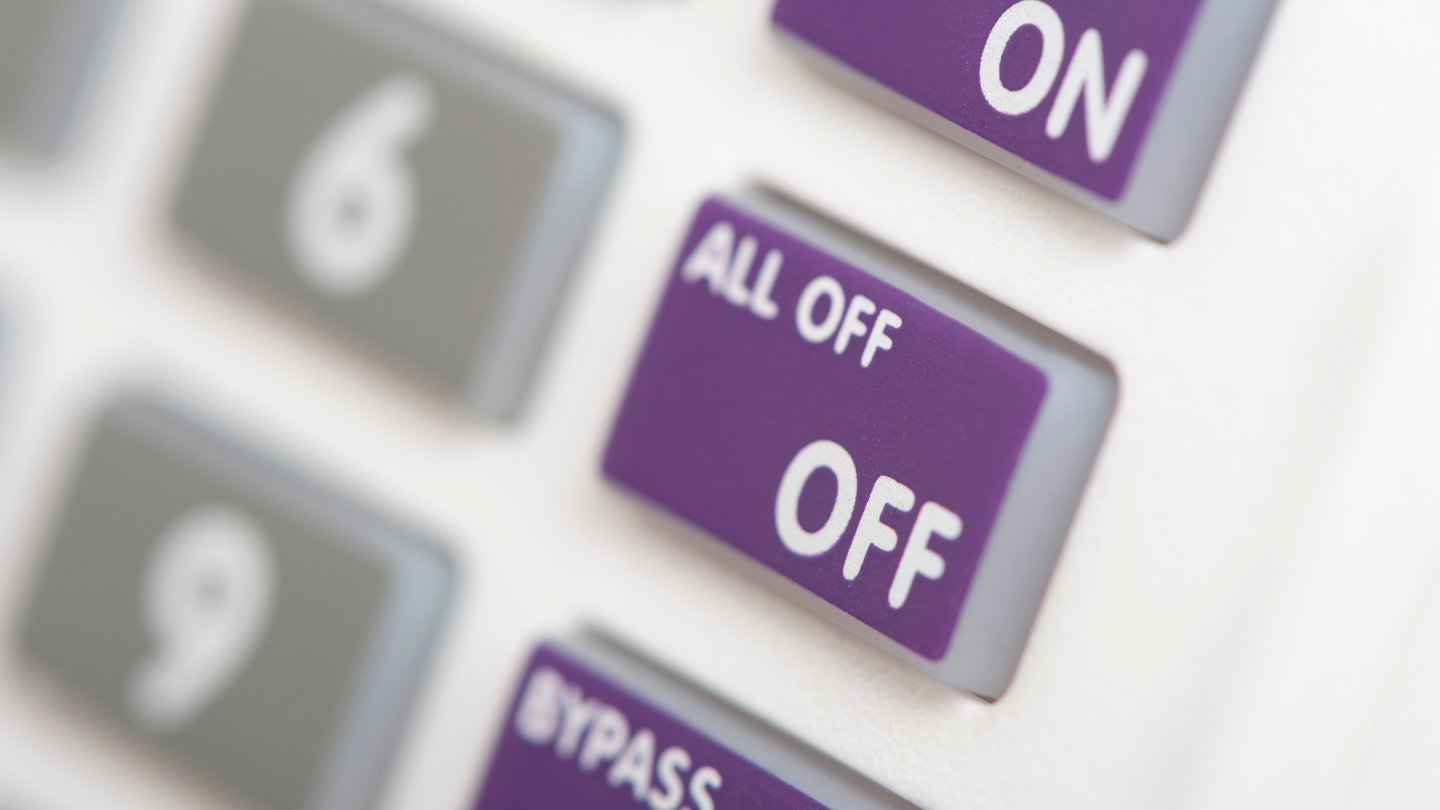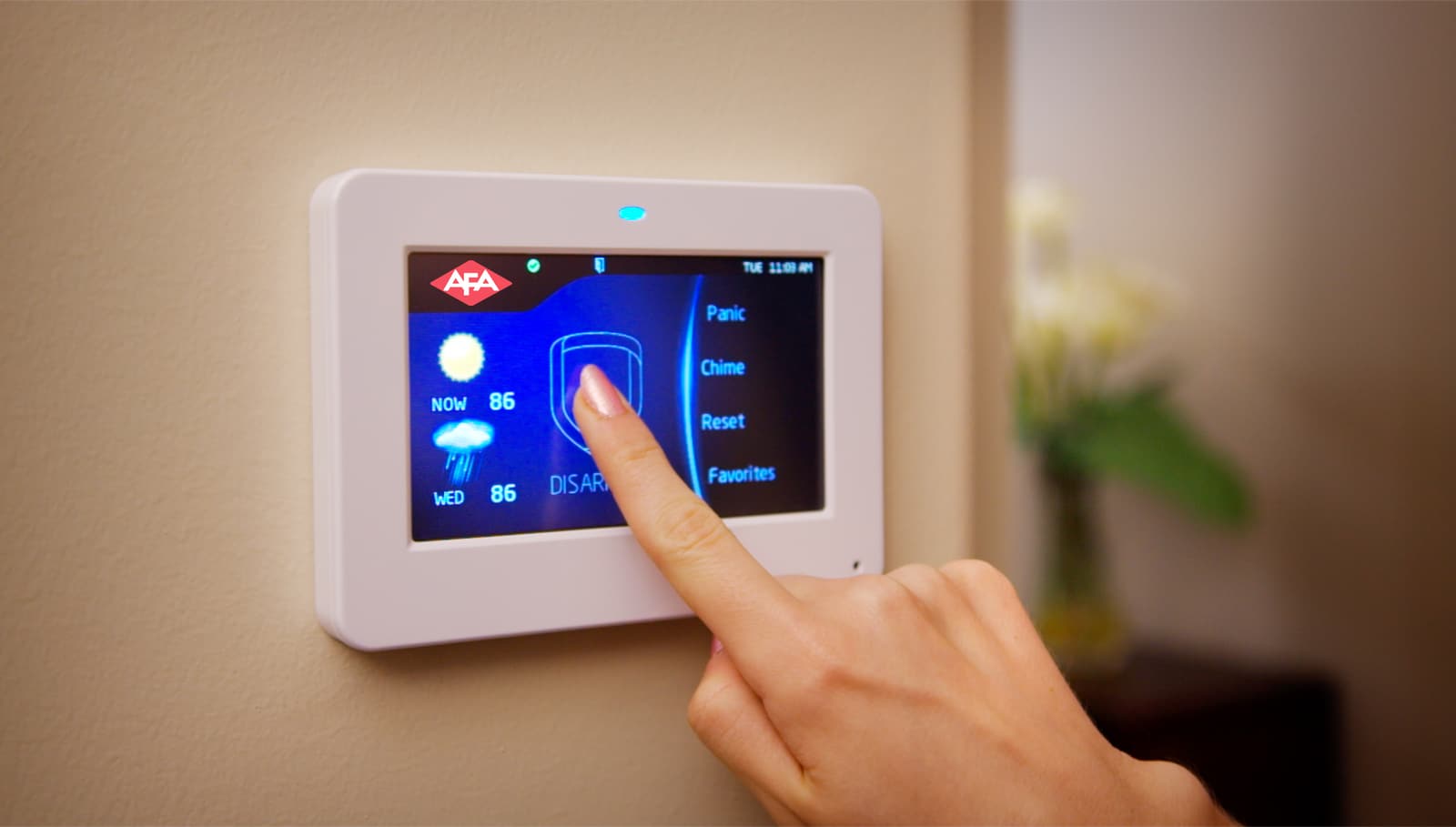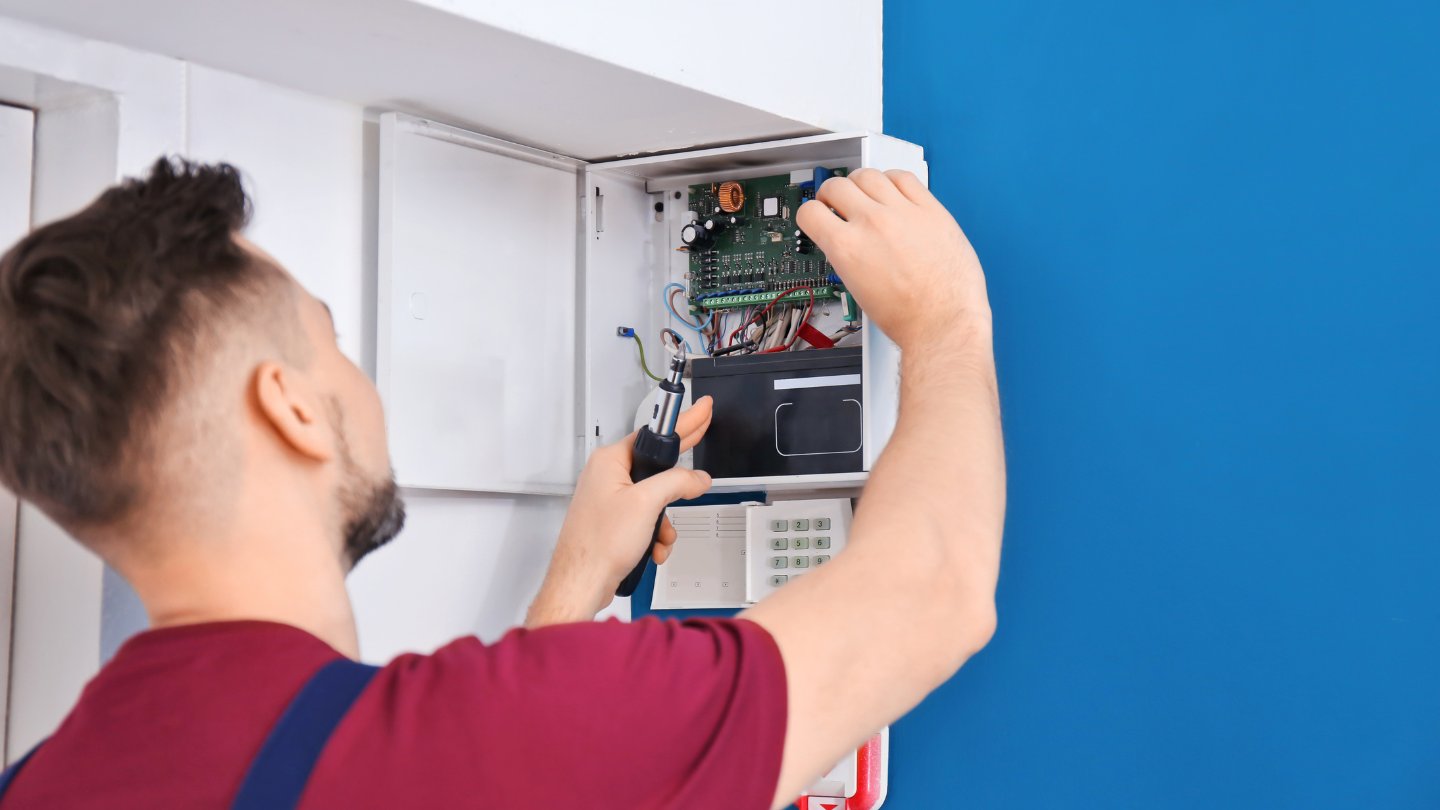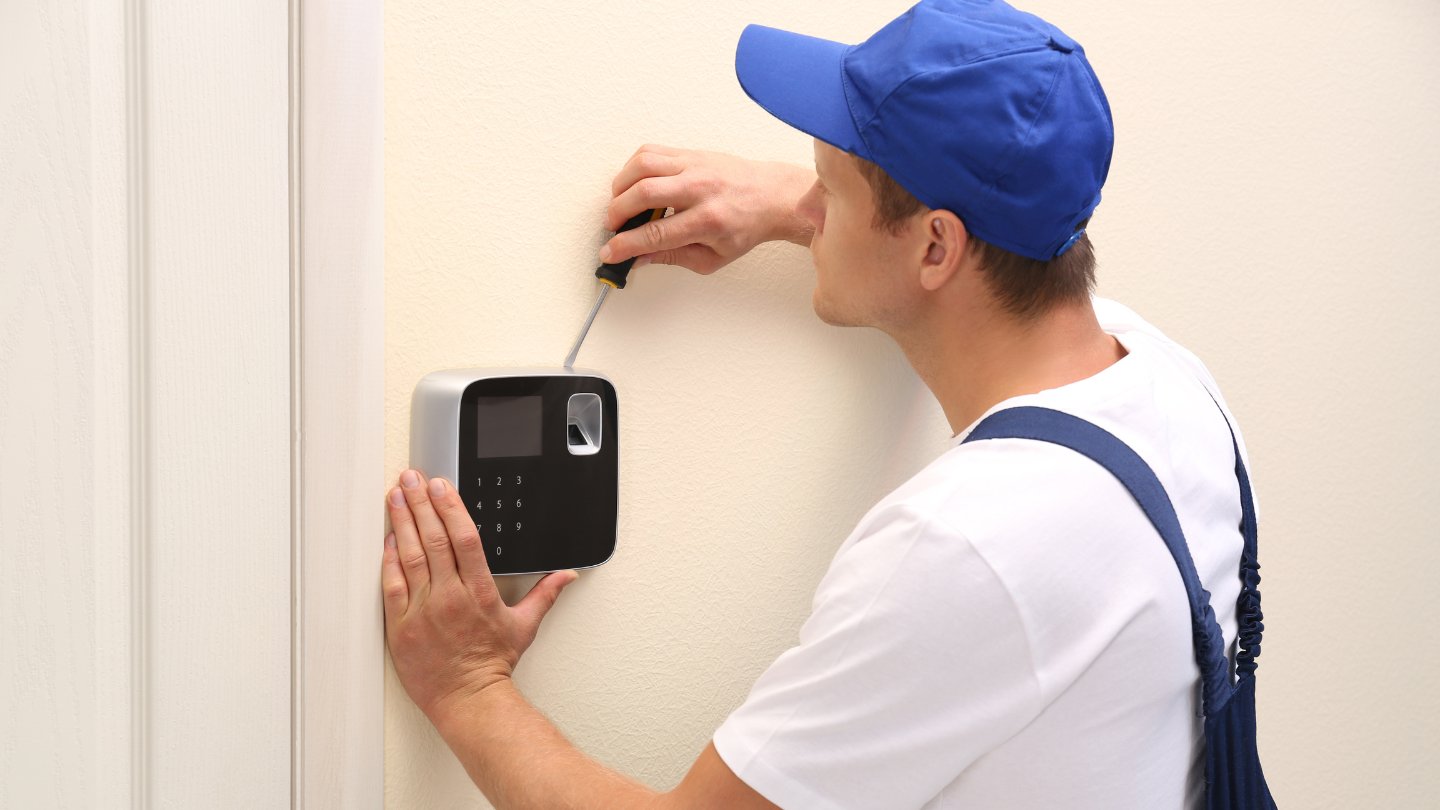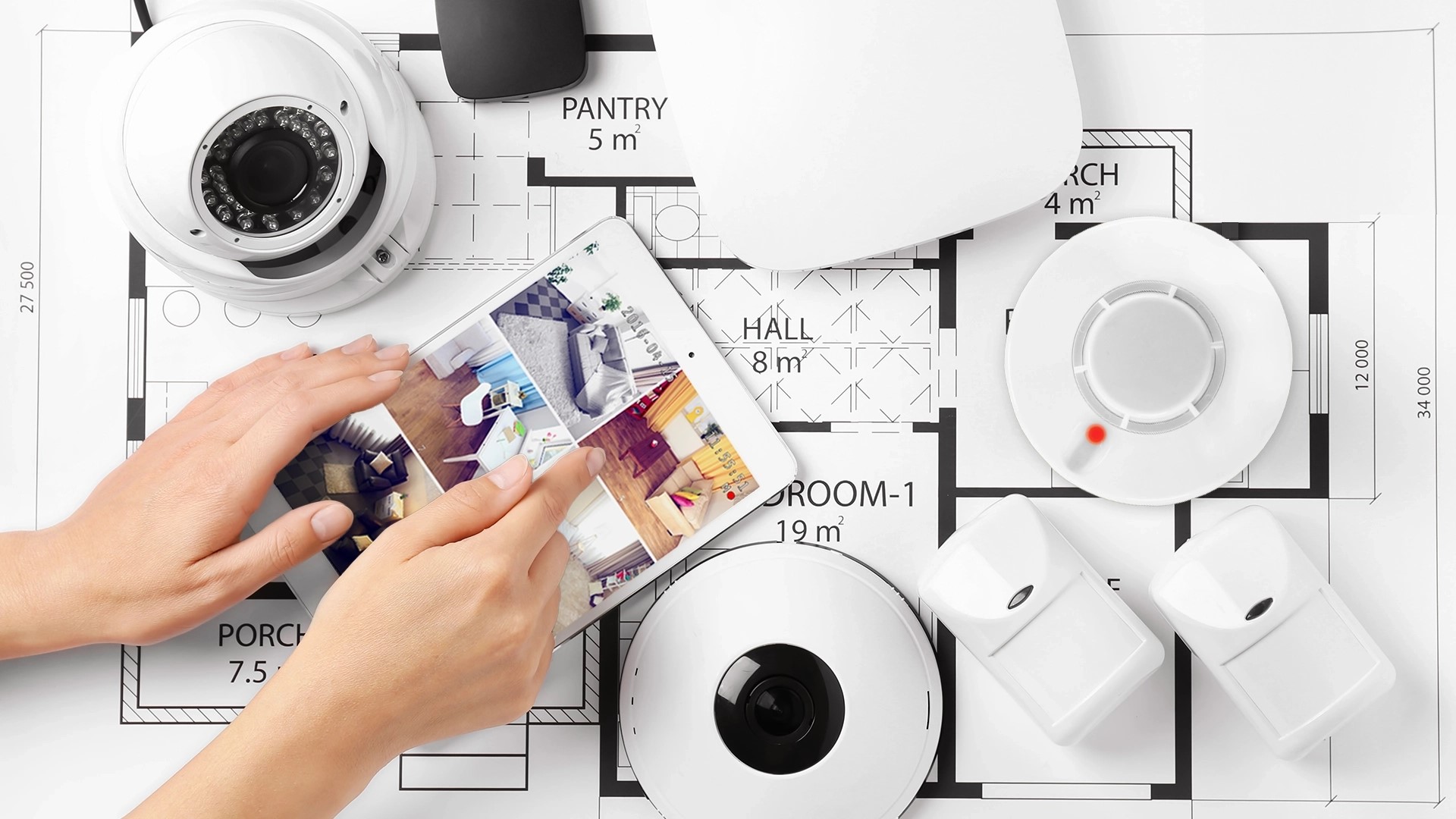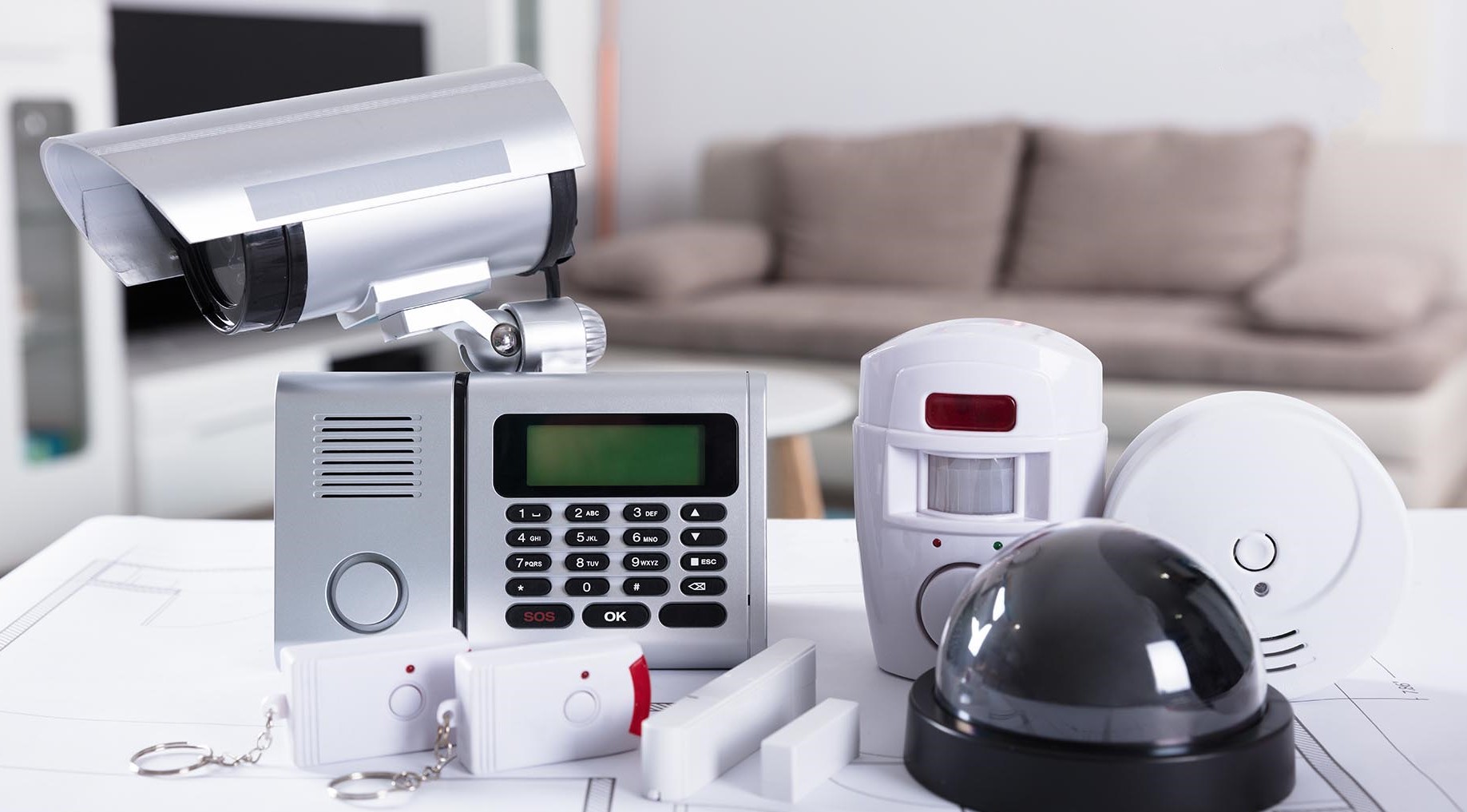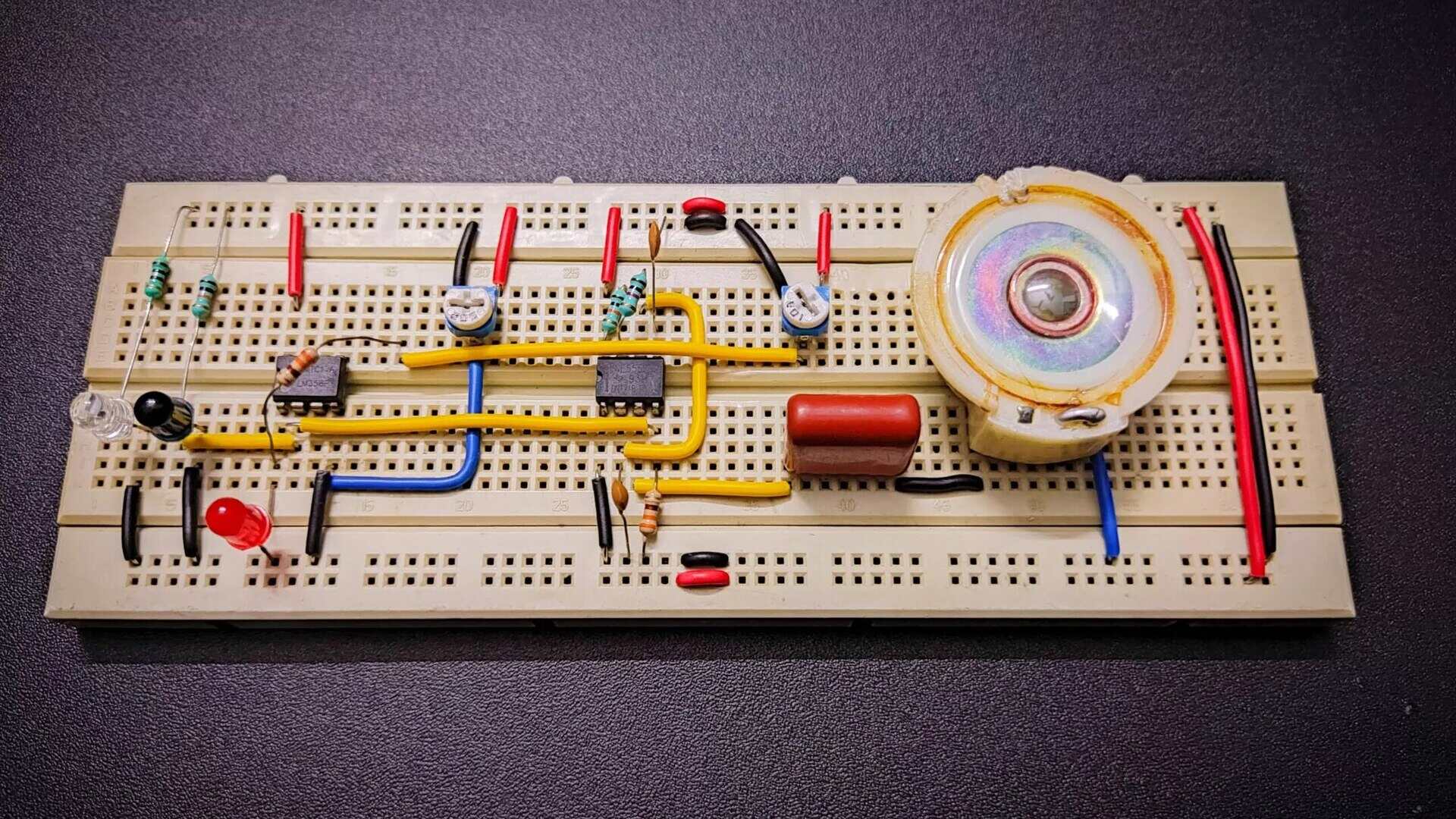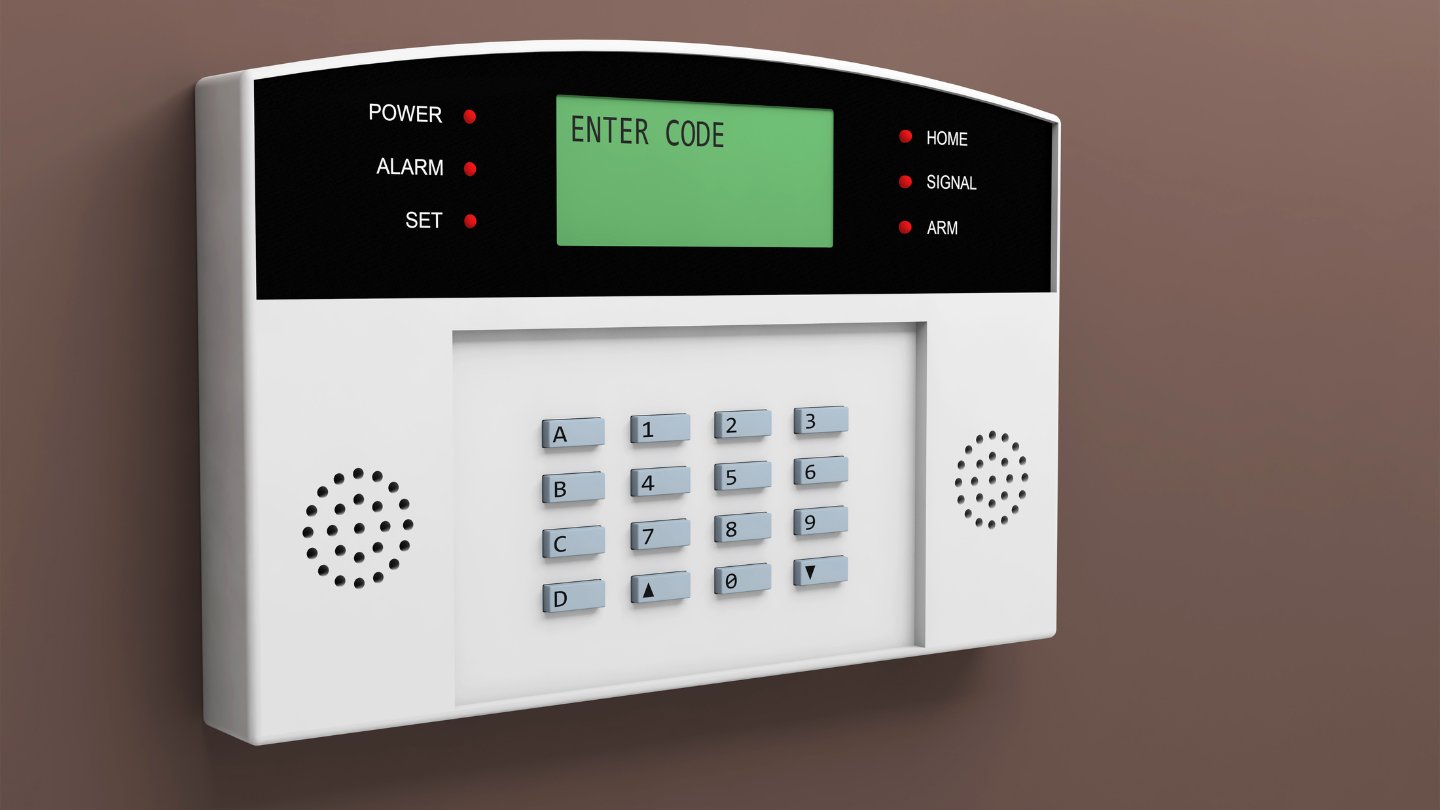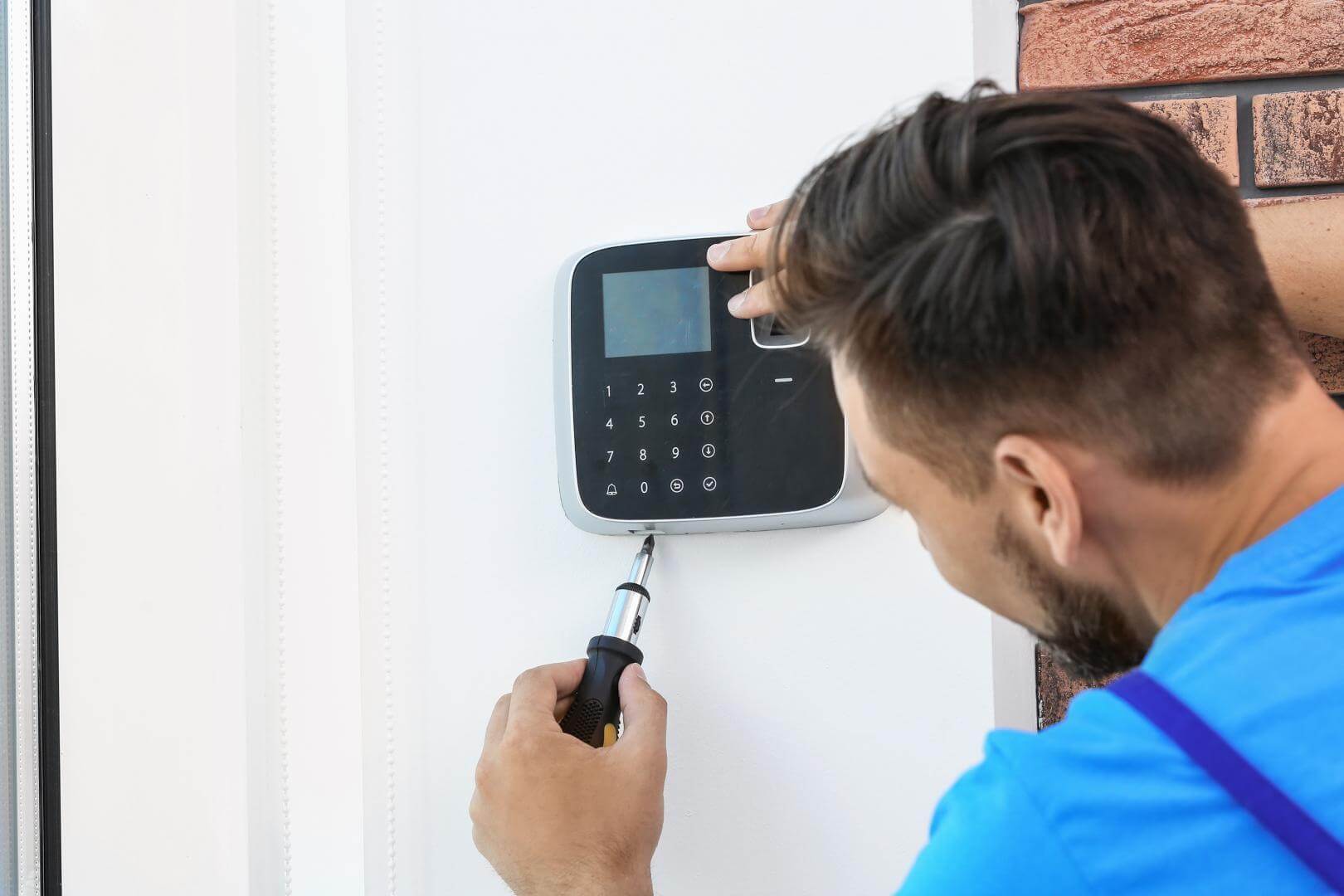Home>Home Security and Surveillance>What Is A Direct Burglar Alarm?
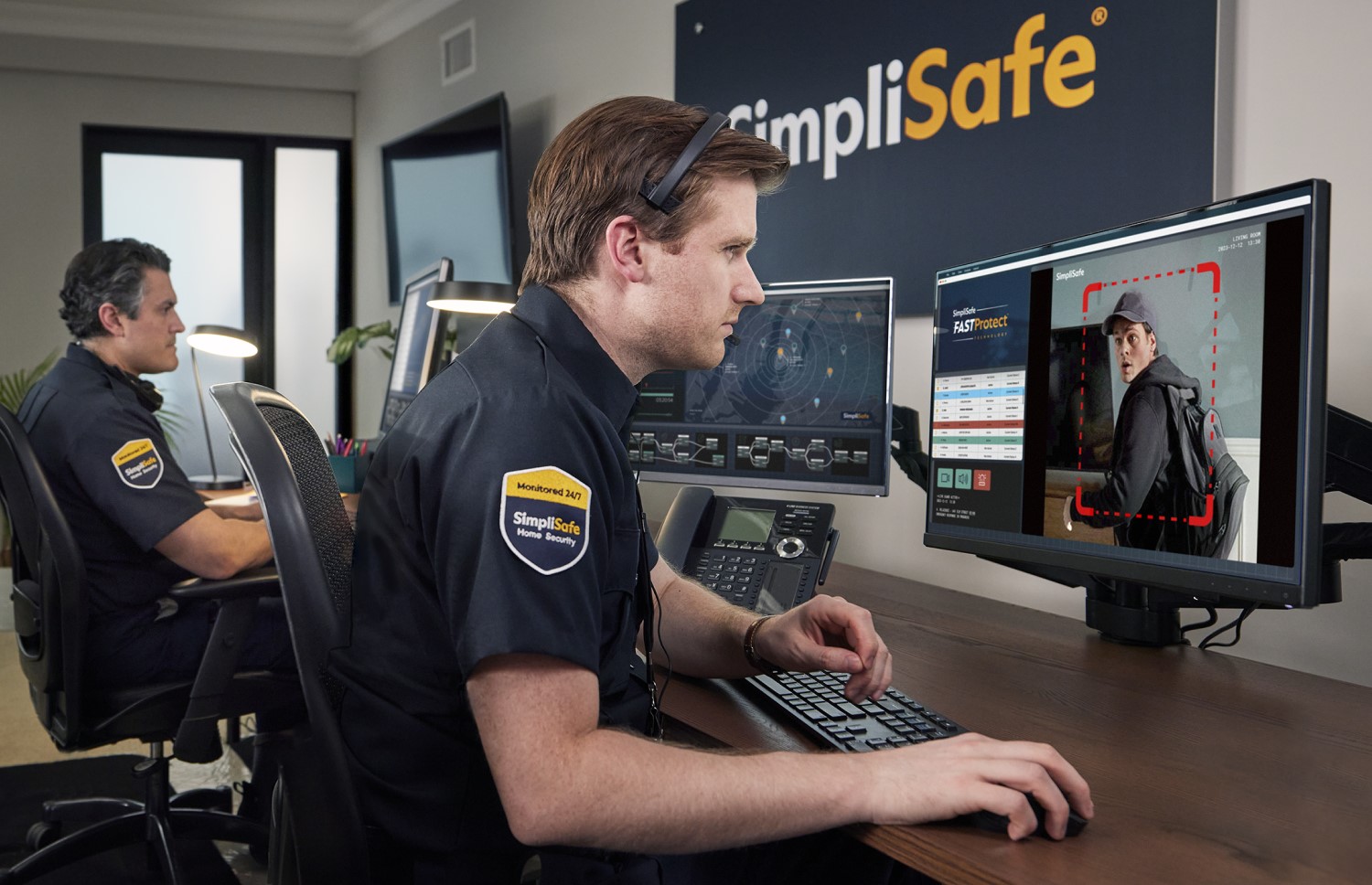

Home Security and Surveillance
What Is A Direct Burglar Alarm?
Modified: March 6, 2024
Discover the benefits of a direct burglar alarm for your home security and surveillance. Protect your property and loved ones with this reliable and efficient system.
(Many of the links in this article redirect to a specific reviewed product. Your purchase of these products through affiliate links helps to generate commission for Storables.com, at no extra cost. Learn more)
Introduction
Welcome to the world of home security and surveillance! In today’s fast-paced and unpredictable world, it’s essential to protect our homes and loved ones from potential threats. One effective way to ensure the safety of our properties is by installing a direct burglar alarm. In this comprehensive guide, we will delve into the world of direct burglar alarms, providing you with a complete understanding of what they are, how they work, their benefits, limitations, and more.
A direct burglar alarm is a sophisticated security system that is designed to detect unauthorized entry or intrusion into your home or property. It serves as a critical deterrent, alerting you and the authorities in the event of a break-in or suspicious activity. Unlike traditional security systems, which rely solely on motion sensors or cameras, a direct burglar alarm provides immediate, direct communication with a monitoring center or emergency services, ensuring rapid response and enhanced protection.
Direct burglar alarms are typically connected to a central monitoring station via a landline, cellular network, or internet connection. When an alarm is triggered, whether through a door or window sensor, motion detector, or panic button, an immediate signal is sent to the monitoring center. Trained professionals at the monitoring center then assess the situation and dispatch the necessary assistance, such as the police, fire department, or medical personnel, if required.
One of the significant advantages of a direct burglar alarm is its ability to provide real-time response and notification. This means that even if you are away from home or unable to access your phone, the monitoring center is alerted instantaneously. This rapid response not only increases the chances of apprehending intruders but also ensures the safety of your property and loved ones.
Moreover, direct burglar alarms offer a higher level of reliability compared to traditional security systems. Since they are directly linked to a monitoring center, they bypass the need for a landline or internet connection within your home. This makes them less susceptible to interference, such as power outages or internet disruptions, giving you peace of mind that your home remains protected at all times.
In the following sections of this guide, we will explore the working mechanism of direct burglar alarms, their unique features, the integration with home security systems, and various factors to consider when choosing the right system for your needs. So, let’s dive in and discover how direct burglar alarms can empower you to have a secure and safe home.
Key Takeaways:
- Direct burglar alarms provide immediate response and 24/7 protection by alerting a monitoring center in case of a break-in, ensuring swift action is taken to minimize potential damage or loss.
- Integrating direct burglar alarms with home security systems enhances overall security by combining features such as surveillance cameras, access control, and environmental sensors, creating a comprehensive and cohesive security solution.
Read more: What Is A Burglar Alarm System
Definition of a Direct Burglar Alarm
A direct burglar alarm is a comprehensive security system that is specifically designed to detect and prevent unauthorized entry or intrusion into a property. Unlike traditional security systems that rely on passive monitoring and recording, a direct burglar alarm ensures immediate, direct communication with a monitoring center or emergency services.
One of the key features of a direct burglar alarm is its ability to provide instant notification and response in the event of a break-in or suspicious activity. When a sensor, such as a door or window sensor, motion detector, or panic button, is triggered, the alarm immediately sends a signal to a monitoring center. Trained professionals at the monitoring center then assess the situation and take appropriate action, such as contacting the homeowner, dispatching emergency services, or alerting the authorities.
Direct burglar alarms can be connected to a monitoring center via various communication methods, including landline phone connections, cellular networks, or internet connections. This ensures that the alarm system is always connected and able to communicate, even in the event of power outages or internet disruptions.
In addition to detecting unauthorized entry, direct burglar alarms can also be equipped with additional features to enhance security. These features may include smoke detectors, carbon monoxide detectors, and surveillance cameras, offering comprehensive protection for your home and loved ones.
The primary purpose of a direct burglar alarm is to provide a proactive approach to home security, deterring potential intruders and providing immediate response when necessary. By alerting the monitoring center and authorities in real-time, direct burglar alarms significantly increase the chances of apprehending intruders and minimizing loss or damage to your property.
It is important to note that direct burglar alarms are not just limited to residential properties. They can also be utilized in commercial buildings, retail stores, offices, and other locations where security is a top priority.
Overall, a direct burglar alarm is a sophisticated and effective security system that combines advanced technology with immediate response capabilities. By utilizing this system, you can have peace of mind knowing that your home or business is protected around the clock.
How a Direct Burglar Alarm Works
A direct burglar alarm operates using a combination of sensors, control panels, communication devices, and a monitoring center to ensure the security of your home or property. Understanding the working mechanism of a direct burglar alarm will help you fully grasp its effectiveness and reliability in detecting and preventing intrusions.
The system begins with the installation of various sensors strategically placed throughout the property. These sensors can include door or window sensors, motion detectors, glass break sensors, and panic buttons. Each sensor is designed to detect specific types of unauthorized access or suspicious activity.
When a sensor is triggered, such as when a door is opened or a motion is detected, it sends a signal to the control panel of the alarm system. The control panel acts as the brain of the system, processing the signals received from the sensors and managing the overall operation of the alarm system.
Once the control panel receives a signal, it immediately communicates with the communication devices in place. These devices can include a landline phone connection, cellular module, or an internet connection. The purpose of these communication devices is to transmit the alarm signal to the monitoring center.
The monitoring center plays a crucial role in the functionality of a direct burglar alarm. It is staffed by trained professionals who are available around the clock to receive and respond to alarm signals. When an alarm signal is received, the professionals at the monitoring center promptly assess the situation. They can contact the homeowner or authorized personnel to verify the situation, and if necessary, dispatch emergency services or notify the authorities.
In addition to detecting unauthorized entry, direct burglar alarms can be equipped with additional features to enhance security. For example, smoke detectors can be integrated into the system to alert the monitoring center in the event of a fire. Carbon monoxide detectors can also be included to detect the presence of this odorless and potentially deadly gas. Surveillance cameras can be linked to the system, providing visual evidence and remote access to live or recorded footage.
Some modern direct burglar alarm systems also offer the option of remote access and control through a smartphone application or a web portal. With this feature, homeowners can arm or disarm the alarm system, receive real-time notifications, and monitor the status of their property from anywhere with an internet connection.
Overall, a direct burglar alarm works by detecting and transmitting alarm signals to a monitoring center, where trained professionals respond and take appropriate action. By combining advanced technology, efficient communication, and rapid response, direct burglar alarms provide a robust security solution for your home or property.
Benefits of Using a Direct Burglar Alarm
Investing in a direct burglar alarm system offers numerous benefits that go beyond just the peace of mind of knowing your home or property is protected. Let’s explore some of the key advantages of using a direct burglar alarm:
- Immediate Response: One of the main benefits of a direct burglar alarm is its ability to provide immediate response. When an alarm is triggered, the monitoring center is immediately notified, and appropriate action can be taken, such as dispatching emergency services or notifying the homeowner. This rapid response increases the chances of apprehending intruders and minimizing loss or damage.
- 24/7 Protection: A direct burglar alarm operates 24 hours a day, 7 days a week. Whether you’re at home or away, you can have peace of mind knowing that your property is constantly monitored and protected. This ensures round-the-clock security, even during times when you are not available to address potential threats.
- Deterrent Effect: The presence of a direct burglar alarm system acts as a strong deterrent to potential intruders. Knowing that an alarm system is in place and that immediate response will be triggered upon detection of unauthorized entry significantly reduces the likelihood of break-ins or burglaries. Criminals are more likely to target properties without an alarm system.
- Increased Safety: Direct burglar alarm systems are not only designed to detect intrusions but can also incorporate safety features such as smoke detectors and carbon monoxide detectors. This provides an additional layer of protection by alerting the monitoring center in case of fire or the presence of dangerous gases. This early detection can save lives and prevent extensive damage.
- Insurance Benefits: Many insurance companies offer discounts on homeowners’ insurance premiums for properties equipped with direct burglar alarm systems. By installing an alarm system, you may be eligible for reduced insurance costs, which can offset some of the initial investment in the system.
- Remote Access and Control: Some direct burglar alarm systems provide the convenience of remote access and control through smartphone applications or web portals. This allows homeowners to monitor the status of their alarm system, receive real-time notifications, and even arm or disarm the system remotely. This feature offers added flexibility and convenience, especially for individuals who are frequently away from home.
- Peace of Mind: Ultimately, the most significant benefit of using a direct burglar alarm system is the peace of mind it brings. Knowing that you have taken proactive steps to protect your home or property and that immediate response will be initiated in case of an emergency provides a sense of security for you and your family.
In summary, a direct burglar alarm offers immediate response, round-the-clock protection, a deterrent effect, increased safety, potential insurance benefits, remote access and control, and peace of mind. By investing in a direct burglar alarm system, you are taking proactive measures to safeguard your property and loved ones, creating a safer and more secure environment.
Factors to Consider when Choosing a Direct Burglar Alarm
When selecting a direct burglar alarm system for your home or property, it’s essential to consider several factors to ensure you choose the right system that meets your specific needs. Here are some key factors to consider:
- Monitoring Options: Look for a direct burglar alarm system that offers multiple monitoring options, such as landline, cellular, or internet-based monitoring. Consider the reliability and availability of each option in your area to ensure uninterrupted communication with the monitoring center.
- Response Time: Inquire about the average response time of the monitoring center when an alarm is triggered. A quick response time is crucial to minimize any potential damage or loss during an emergency.
- System Customization: Evaluate the flexibility and customization options offered by the direct burglar alarm system. Each property has unique security requirements, so ensure that the system allows you to customize features, sensors, and monitoring preferences to suit your specific needs.
- Integration with Existing Systems: If you have existing security systems or home automation devices, check if the direct burglar alarm system can integrate with them. This allows for a seamless and comprehensive security solution, enhancing the overall effectiveness of your security setup.
- Installation and Maintenance: Consider the ease of installation and ongoing maintenance requirements of the direct burglar alarm system. Some systems may require professional installation, while others offer easy DIY installation options. Additionally, inquire about the availability of technical support and maintenance services to ensure the system operates at its best over time.
- Range and Coverage: Assess the range and coverage capabilities of the system’s sensors. Ensure that they can adequately cover the areas you want to protect, including entry points, vulnerable windows, and other potential access points.
- Additional Features: Determine if the direct burglar alarm system offers additional features such as smoke detectors, carbon monoxide detectors, surveillance cameras, or home automation capabilities. These features can enhance the security and functionality of your system.
- Cost and Contracts: Evaluate the cost and potential long-term contracts associated with the direct burglar alarm system. Consider the upfront costs, monthly monitoring fees, and any additional charges. Additionally, carefully review contract terms to ensure they are fair and reasonable.
- Reputation and Customer Reviews: Research the reputation and customer reviews of the direct burglar alarm system provider. Look for feedback from other homeowners who have installed the system to get an idea of their experiences and satisfaction levels.
- System Upgradability: Anticipate potential future needs and growth. Choose a system that can be easily upgraded or expanded as your security requirements evolve over time.
By considering these factors, you can make an informed decision when selecting a direct burglar alarm system. Remember that each property and homeowner have unique needs and priorities, so take the time to assess your specific requirements and choose a system that provides the right balance of security, functionality, and affordability.
A direct burglar alarm is a security system that immediately alerts the authorities or a monitoring service when it detects a break-in. It is important to regularly test and maintain your direct burglar alarm to ensure it is functioning properly.
Read more: What Is Central Burglar Alarm
Common Features of Direct Burglar Alarms
Direct burglar alarm systems come with a range of features that enhance the security and functionality of the system. While specific features may vary based on the make and model of the system, there are several common features that you can expect to find in most direct burglar alarms. Here are some of the key features:
- Control Panel: The control panel serves as the central hub of the direct burglar alarm system. It receives signals from various sensors and communicates with the monitoring center. It also allows homeowners to arm or disarm the system and provides status information.
- Sensors: Direct burglar alarms utilize different types of sensors to detect unauthorized access and suspicious activity. The most common sensors include door and window sensors, motion detectors, glass break sensors, and panic buttons. These sensors are strategically placed to provide comprehensive coverage of the property.
- Monitoring Center: The monitoring center is a crucial component of a direct burglar alarm system. It is staffed by trained professionals who receive and respond to alarm signals 24/7. The monitoring center assesses the situation and, if necessary, contacts the homeowner, dispatches emergency services, or notifies the authorities.
- Communication Devices: Direct burglar alarm systems rely on communication devices to transmit alarm signals to the monitoring center. These devices can include landline phone connections, cellular modules, or internet connections. They ensure uninterrupted communication, even during power outages or internet disruptions.
- Keypad or Touchscreen: The keypad or touchscreen allows homeowners to operate and control the direct burglar alarm system. It provides an interface to arm or disarm the system, enter security codes, and access system settings or status information.
- Siren or Alarm: Direct burglar alarm systems typically include a siren or alarm that sounds when an intrusion is detected. The loud noise serves as a deterrent to intruders and alerts homeowners of a potential threat. Some systems may also offer silent alarm options for discreet notifications.
- Remote Access: Many direct burglar alarm systems offer the convenience of remote access through smartphone applications or web portals. This feature allows homeowners to control and monitor their alarm systems from anywhere, providing real-time notifications and system status updates.
- Smoke and Carbon Monoxide Detectors: Some direct burglar alarm systems incorporate smoke detectors and carbon monoxide detectors into their setup. These detectors provide early warning in the event of a fire or the presence of harmful gases, ensuring the safety of occupants along with the security of the property.
- Surveillance Cameras: Direct burglar alarm systems can be enhanced with the integration of surveillance cameras. These cameras can be strategically placed inside and outside the property, offering visual monitoring and recording of activities. Advanced systems may even provide options for live video feeds and remote access to footage.
- Smart Home Integration: Some direct burglar alarm systems can integrate with smart home devices and platforms. This integration allows for seamless control and automation of various home functions, including security, lighting, thermostats, and more, offering a comprehensive smart home security system.
These are just some of the common features you can expect in a direct burglar alarm system. It’s important to consider your specific needs and priorities when choosing a system, ensuring that it offers the right combination of features to meet your security requirements.
Limitations of Direct Burglar Alarms
While direct burglar alarm systems offer numerous benefits and enhance the security of your home or property, it’s important to be aware of their limitations. Understanding these limitations will help you make informed decisions and supplement your security measures effectively. Here are some common limitations of direct burglar alarms:
- Dependency on Power and Communication: Direct burglar alarms rely on a continuous power supply to operate effectively. In the event of a power outage, the alarm system may not function unless it has a backup power source. Additionally, certain communication methods, such as landline connections or internet-based monitoring, may be affected by power or internet disruptions, potentially impacting the system’s communication with the monitoring center.
- False Alarms: While direct burglar alarms are designed to detect and respond to genuine threats, there is always a possibility of false alarms. Factors such as improper sensor placement, pets triggering motion detectors, or accidental activations can lead to false alarm activations. These false alarms can cause inconvenience to homeowners and potential fines if emergency services are repeatedly dispatched unnecessarily. It is important to properly maintain and periodically test the alarm system to minimize false alarms.
- Limited Response Time: While direct burglar alarms aim to provide immediate response, the actual response time can vary depending on factors such as the monitoring center’s workload, emergency service availability, or communication delays. Even with a quick response, there may be a slight delay in emergency personnel arriving at the scene. This makes it crucial for homeowners to have additional security measures in place, such as sturdy locks or security cameras, to further mitigate potential risks.
- Range and Coverage Limitations: Direct burglar alarms have a specific range and coverage area for their sensors. Large properties, multi-story buildings, or properties with multiple entry points may require additional sensors or repeaters to ensure comprehensive coverage. It is essential to assess the layout of your property and discuss it with the alarm system provider to determine the required number and placement of sensors.
- Reliance on Human Error: Direct burglar alarms are ultimately operated and controlled by humans. While the monitoring center professionals play a vital role in responding to alarm signals, their effectiveness may be influenced by factors such as fatigue, human error, or miscommunication. It is essential to choose a reputable alarm system provider with a reliable monitoring center to minimize the risks associated with human error.
- Cost Considerations: Direct burglar alarm systems can involve upfront costs for equipment, installation, and ongoing monitoring fees. Depending on the features and services included, the cost of a high-quality system can be significant. It’s important to evaluate your budget and consider the long-term costs associated with maintaining and monitoring the system.
Despite these limitations, direct burglar alarm systems remain a valuable tool in enhancing the security of your home or property. By understanding these limitations and taking necessary precautions, such as implementing backup power systems or regularly testing the alarm system, you can optimize its effectiveness and minimize any potential drawbacks.
Integration of Direct Burglar Alarms with Home Security Systems
The integration of direct burglar alarms with home security systems offers a comprehensive approach to safeguarding your home or property. By combining the capabilities of direct burglar alarms with other security components, you can create a robust and sophisticated security system. Let’s explore how direct burglar alarms can be seamlessly integrated with home security systems:
1. Surveillance Cameras: Integrating surveillance cameras with a direct burglar alarm system enhances remote monitoring capabilities. By linking cameras to the alarm system, you can access live or recorded video feeds from your smartphone or computer. This allows you to visually assess any suspicious activities or potential threats in real-time, providing additional evidence and enhancing situational awareness.
2. Access Control Systems: Direct burglar alarms can be integrated with access control systems to regulate entry to your property. Access control systems use keyless entry mechanisms, such as keycards or biometric authentication, to grant or deny access to certain areas. By integrating access control with a direct burglar alarm, you can track and control who enters your property while also ensuring that any attempted unauthorized access triggers an immediate alarm response.
3. Home Automation Integration: Smart home automation systems can be integrated with direct burglar alarms for enhanced convenience and security. By connecting your alarm system to a home automation hub, you can automate security-related tasks, such as arming or disarming the alarm when you leave or arrive home. Additionally, you can synchronize lighting and other devices to create the illusion of an occupied home, deterring potential intruders.
4. Environmental Sensors: Direct burglar alarms can be combined with environmental sensors, such as smoke detectors, carbon monoxide detectors, or water leak sensors. These sensors are designed to detect hazardous conditions in your home, triggering an alarm and notifying the monitoring center. Integrating these sensors with the alarm system ensures swift response in case of fires, gas leaks, or water damage, enhancing both security and safety.
5. Mobile App Integration: Many direct burglar alarm systems offer mobile applications that allow homeowners to control their alarm systems remotely. By integrating direct burglar alarms with mobile apps, you can receive real-time notifications, arm or disarm the system, and monitor the status of your property from anywhere. This level of convenience and connectivity ensures you stay updated and in control of your home’s security.
When integrating direct burglar alarms with home security systems, it’s important to select compatible components and ensure seamless communication between devices. Consult with security system professionals or the alarm system provider to determine the compatibility and optimal integration options available.
The integration of direct burglar alarms with home security systems provides a holistic and multi-layered security approach. By combining different security components, you can enhance the effectiveness of your home security system, increase convenience, and experience a greater sense of peace of mind.
Conclusion
Direct burglar alarms offer a comprehensive and effective solution for protecting your home or property from unauthorized access and intrusions. By providing immediate response and direct communication with a monitoring center, these alarm systems ensure swift action is taken in the event of a break-in or suspicious activity. In this guide, we have explored the definition, workings, benefits, limitations, and integration possibilities of direct burglar alarms.
Direct burglar alarms provide numerous benefits, including immediate response, 24/7 protection, a deterrent effect, increased safety, potential insurance benefits, remote access and control, and peace of mind. These features contribute to a heightened level of security and enhance the overall safety of your home or property.
However, it is important to consider the limitations of direct burglar alarms, such as dependency on power and communication, the possibility of false alarms, limited response time, range and coverage limitations, reliance on human error, and cost considerations. Understanding these limitations enables you to take appropriate measures to minimize risks and supplement your security system with additional precautions.
Integration of direct burglar alarms with home security systems further enhances the robustness and functionality of your security setup. By integrating surveillance cameras, access control systems, home automation features, environmental sensors, and mobile app connectivity, you can create a comprehensive and cohesive security system tailored to your specific needs.
When choosing a direct burglar alarm system, it is essential to consider factors such as monitoring options, response time, system customization, integration capabilities, installation and maintenance requirements, range and coverage, additional features, cost and contracts, reputation, and system upgradability. By carefully evaluating these factors, you can select the right system that aligns with your security requirements and budget.
In conclusion, direct burglar alarms offer a proactive and efficient approach to home security by providing immediate response, round-the-clock protection, and a direct line of communication with a monitoring center. With their integration with home security systems and the incorporation of various sensors, cameras, and automation features, these alarm systems provide a comprehensive solution to safeguard your property and loved ones.
Investing in a direct burglar alarm system demonstrates your commitment to taking proactive measures to protect what matters most. By leveraging technology and combining it with smart security practices, you can create a secure and safe home environment, offering you peace of mind and a sense of comfort.
Frequently Asked Questions about What Is A Direct Burglar Alarm?
Was this page helpful?
At Storables.com, we guarantee accurate and reliable information. Our content, validated by Expert Board Contributors, is crafted following stringent Editorial Policies. We're committed to providing you with well-researched, expert-backed insights for all your informational needs.
